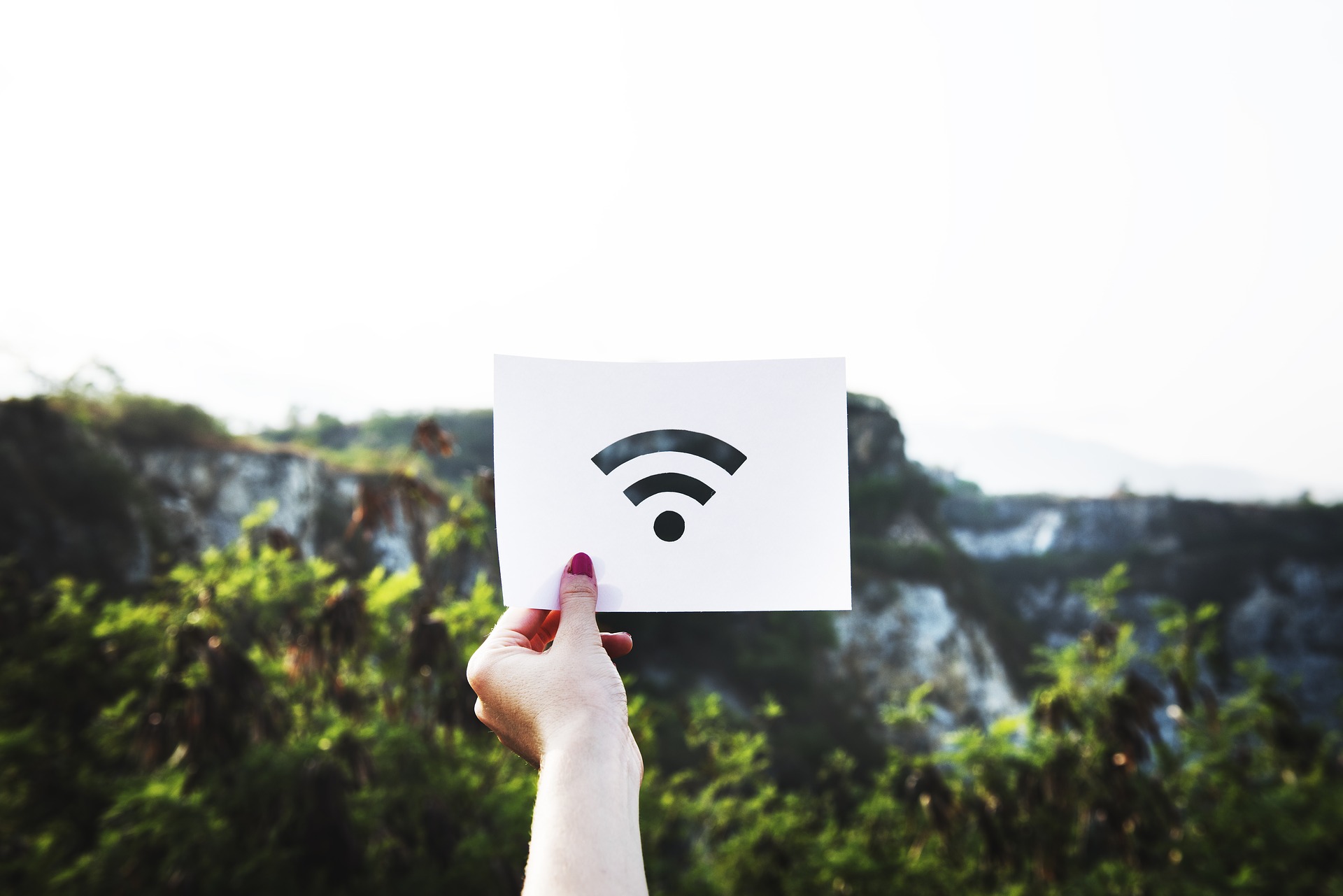Modern smartphones can wirelessly connect to the Internet using either Wi-Fi or cellular data. Working together, these two modes of connection allow for easy and convenient Internet access just about anywhere, but the fact that these two methods seem practically interchangeable has left more than a few people confused about the differences between them. If you are one of those people, read on for a look at how Wi-Fi and cellular data are different and why these differences matter to the average smartphone user.
How Wi-Fi works
In its simplest terms, Wi-Fi is really just another radio frequency that allows devices like smartphones to connect to the Internet wirelessly and to communicate with each other when they’re on the same network. What makes this possible is the wireless router, an apparatus that plugs directly into the wall in order to connect to an Internet service provider. This means that if you want to use Wi-Fi to connect to the Internet on your smartphone, your device needs to be within range of the router and connected to the router’s network.
How cellular data works
Cellular data, on the other hand, connects your smartphone to the Internet using cell phone signals: the radio waves that travel all around the world through a global network of transmitters and receivers (cell towers). To use cellular data for Internet connectivity, you must first of all have a cell phone plan that includes a data allotment. You must also be within range of a cell tower.

The advantages of each connection method
When it comes to connecting to the Internet on your smartphone, both Wi-Fi and cellular data have their advantages. Perhaps the biggest advantage of using Wi-Fi is that there’s no limit on how much data you can use, whether you’re downloading large apps or system updates, or streaming your favorite movie on Netflix. Wi-Fi networks can also typically deliver high-speed connections, and if you’re using a secured personal network or office network, there is minimal risk of security breaches.
With cellular data, you are restricted in terms of your data allotment. Most providers offer data plans with a fixed data limit, and it can cost you extra if you exceed that threshold (however, data limits these days tend to be quite generous). But cellular data has the major advantage of portability: unlike the limited range of Wi-Fi, as long as you have access to a cell-phone signal (which you do almost everywhere in the world), you can access cellular data.
How to know if you’re connected to Wi-Fi
![]() In the absence of a Wi-Fi connection, most smartphones will simply default to using cellular data to connect to the Internet. Because this happens automatically, it’s not always easy to tell which connection method your device is using. However, it is important to know this because if you think you’re connected to Wi-Fi but you’re not, you could use up your monthly cellular data allotment more quickly than you expected (and possibly wind up with a hefty phone bill as well). To make sure you are using Wi-Fi, look at the top of your smartphone screen for the recognizable Wi-Fi signal icon. If you see it, your phone is connected to Wi-Fi; if not, cellular data is powering your online activity.
In the absence of a Wi-Fi connection, most smartphones will simply default to using cellular data to connect to the Internet. Because this happens automatically, it’s not always easy to tell which connection method your device is using. However, it is important to know this because if you think you’re connected to Wi-Fi but you’re not, you could use up your monthly cellular data allotment more quickly than you expected (and possibly wind up with a hefty phone bill as well). To make sure you are using Wi-Fi, look at the top of your smartphone screen for the recognizable Wi-Fi signal icon. If you see it, your phone is connected to Wi-Fi; if not, cellular data is powering your online activity.
If you have a smaller cellular data allotment and you’re concerned about exceeding it, you’ll also want to check to make sure that your smartphone handles some routine tasks, like downloading new app updates, only using a Wi-Fi connection. On most smartphone models, you can choose a Wi-Fi-only option for these types of tasks in your Settings menu.
When to use Wi-Fi and when to use cellular data
Given the different advantages of each connection method described above, it’s easy to see that there are some situations where it’s better to use Wi-Fi for your smartphone Internet connectivity and some situations where cellular data is the better option. In general, it’s a good choice to use Wi-Fi if you can connect to a secure network (like your home or office); if you need a fast connection (for example, for video calling); if you’re travelling internationally and don’t have data roaming as part of your phone plan; or if you’re concerned that your level of online activity might result in you exceeding your monthly cellular data limit.
Cellular data is typically a better option if available Wi-Fi networks are unsecured (like a coffee shop or other public network); if your phone can’t find a strong Wi-Fi signal; if you’re wanting to connect to the Internet while you’re on the move (like on your bus ride to work or school); or if you know that your data allotment is sufficient for your needs and you’re in no danger of running out.

